Remember when everyone knew the same handful of celebrities, before the internet scattered our attention across a thousand different stars? The 1970s gave us icons who dominated television screens, radio waves, and magazine covers in ways that seem almost quaint by today’s standards. These weren’t just famous people—they were cultural touchstones who shaped how we dressed, talked, and even thought about ourselves.
1. Suzanne Somers
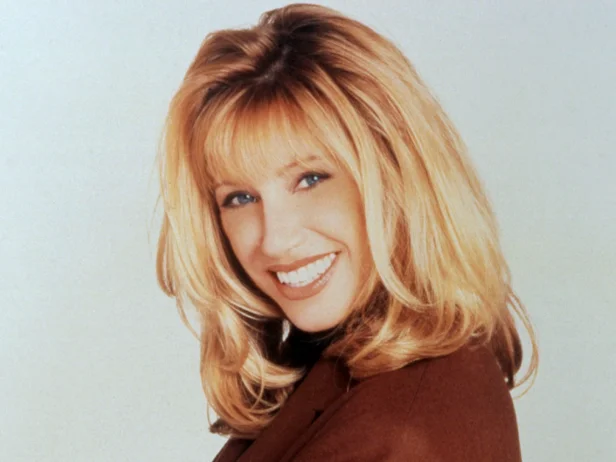
Before she became the infomercial queen of the ThighMaster, Suzanne Somers was America’s sweetheart on “Three’s Company.” Her portrayal of the bubbly, blonde Chrissy Snow made her a household name and turned her into one of television’s highest-paid actresses. Everyone knew her signature giggle and her character’s innocent misunderstandings that somehow always worked out by the episode’s end.
Her departure from the show in 1981 after contract disputes shocked fans who couldn’t imagine the apartment without her. Somers tried to parlay her fame into a singing career and Las Vegas shows, but never quite recaptured that lightning in a bottle. Today’s audiences might recognize her from late-night commercials, but few remember when she was must-see TV every Tuesday night.
2. Shaun Cassidy
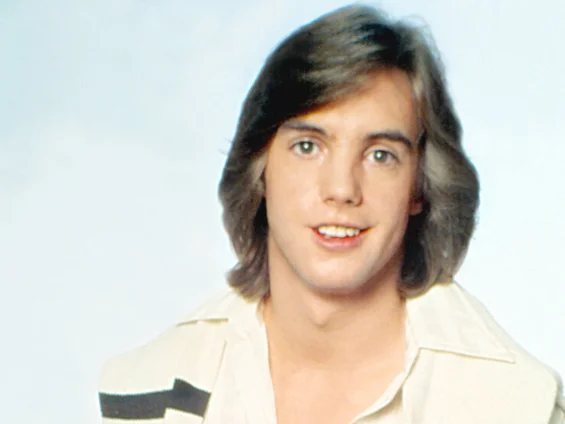
Teen heartthrob Shaun Cassidy had bedroom walls across America covered with his poster in the mid-to-late ’70s. The half-brother of David Cassidy carved out his own niche with hits like “Da Doo Ron Ron” and “That’s Rock ‘n’ Roll,” while starring in “The Hardy Boys Mysteries.” His feathered hair and boy-next-door smile made him the perfect crush for millions of teenage girls.
His concerts were screaming affairs that rivaled Beatlemania, with fans fainting and rushing the stage. Record companies pushed him as the next big thing, and for a brief moment, it looked like they might be right. But by the early ’80s, his star had faded as quickly as it had risen, and he eventually found success behind the camera as a television producer and writer.
3. Adrienne Barbeau

Adrienne Barbeau was everywhere in the ’70s, from her Tony-nominated Broadway role in “Grease” to her memorable appearances on “The Tonight Show” with Johnny Carson. Her starring role as Rizzo’s replacement on Broadway and later as Carol Traynor on “Maude” showcased her acting chops and made her a recognizable face in American homes. She had a way of being both glamorous and relatable that perfectly captured the era’s spirit.
Her marriage to horror director John Carpenter in 1979 led to iconic roles in films like “The Fog” and “Escape from New York.” She became a scream queen who could actually act, bringing depth to roles that might have been throwaway parts for other actresses. While horror fans still remember her fondly, her mainstream fame from the ’70s has largely been forgotten by younger generations.
4. Paul Lynde
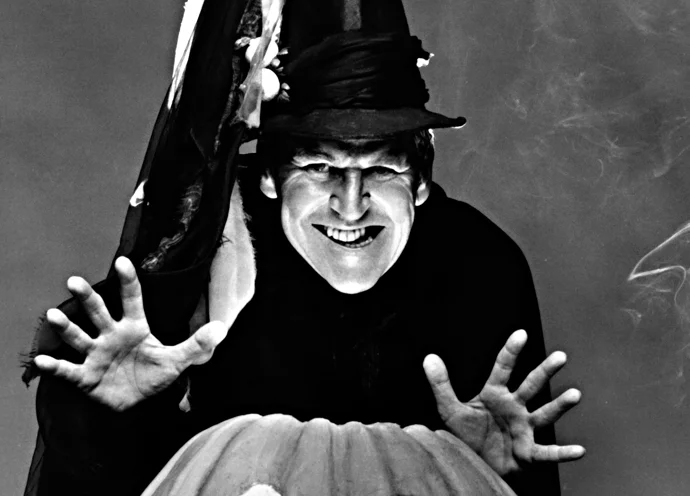
Paul Lynde’s distinctive voice and razor-sharp wit made him the center square on “Hollywood Squares” and one of television’s most quotable personalities. His perfectly timed one-liners and theatrical delivery style influenced countless comedians who came after him. Whether he was playing Uncle Arthur on “Bewitched” or delivering zingers on game shows, Lynde had an unmistakable presence that could steal any scene.
His humor walked a fine line that was both family-friendly and subtly subversive, making adults laugh while kids enjoyed his animated cartoon work. Lynde’s influence on comedy was enormous, yet his personal struggles with alcohol and the closeted nature of his private life kept him from achieving the lasting fame of some contemporaries. Today’s comedy fans might recognize his style in modern performers, but few know the master who originated it.
5. Tony Orlando
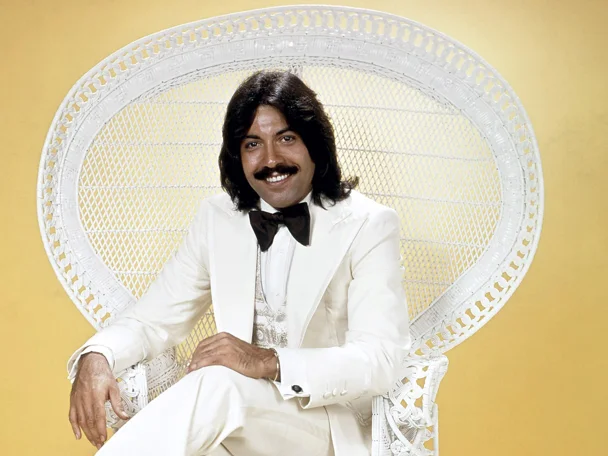
“Tie a Yellow Ribbon Round the Ole Oak Tree” wasn’t just a song—it was a cultural phenomenon that made Tony Orlando a household name. His variety show “Tony Orlando and Dawn” dominated television ratings and showcased his warm, everyman personality alongside singers Telma Hopkins and Joyce Vincent Wilson. The trio’s harmonies and Orlando’s genuine charm made them appointment television for families across America.
Orlando’s emotional breakdown on live television in 1977, when he announced his retirement due to exhaustion and personal struggles, shocked the nation. His vulnerability and honesty about his mental health was rare for entertainers of that era, making him both more human and more forgotten as the industry moved toward more polished, manufactured stars. While the yellow ribbon song still gets occasional airplay, few remember the man who made it famous.
6. Farrah Fawcett
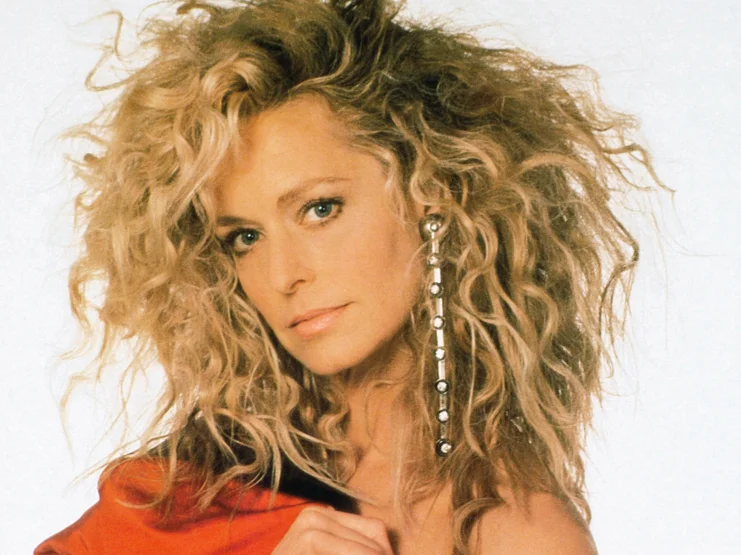
That red swimsuit poster sold 12 million copies and made Farrah Fawcett the most recognizable woman in America practically overnight. Her role as Jill Munroe on “Charlie’s Angels” lasted only one season, but her feathered hairstyle became the template for an entire generation of women. Beauty salons across the country couldn’t keep up with demand for “The Farrah,” and her influence on fashion and beauty standards was immeasurable.
Her decision to leave the hit show after just one season to pursue a film career was controversial and largely unsuccessful at the time. Fawcett spent years trying to be taken seriously as an actress, eventually earning critical acclaim for her work in independent films and television movies. Though she remained in the public eye until her death in 2009, her cultural impact never again reached the heights of that single year when she was the most famous woman in the world.
7. John Denver
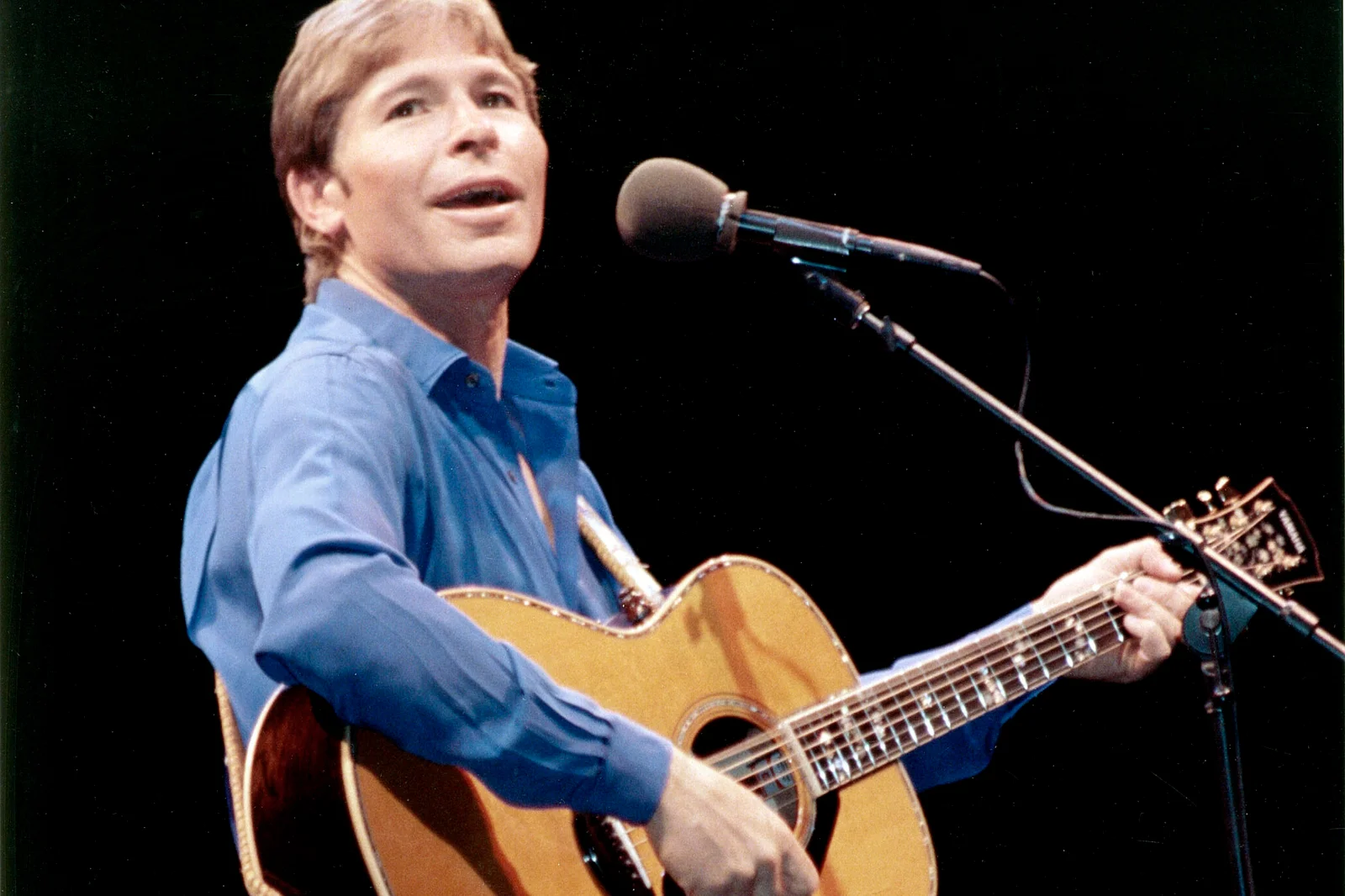
John Denver’s wholesome image and folk-rock sound perfectly captured the ’70s spirit of environmental consciousness and simple living. Songs like “Rocky Mountain High” and “Country Roads” became anthems for a generation seeking authenticity in an increasingly complex world. His round glasses, bowl haircut, and earnest delivery made him the anti-rock star that parents could embrace while kids still found him cool.
His television specials and guest appearances on variety shows made him a regular presence in American living rooms throughout the decade. Denver’s advocacy for environmental causes and his down-to-earth persona made him more than just a musician—he was a lifestyle brand before anyone knew what that meant. While his songs still play on oldies stations, his broader cultural influence as a spokesman for a simpler way of life has largely been forgotten.
8. Donny Osmond
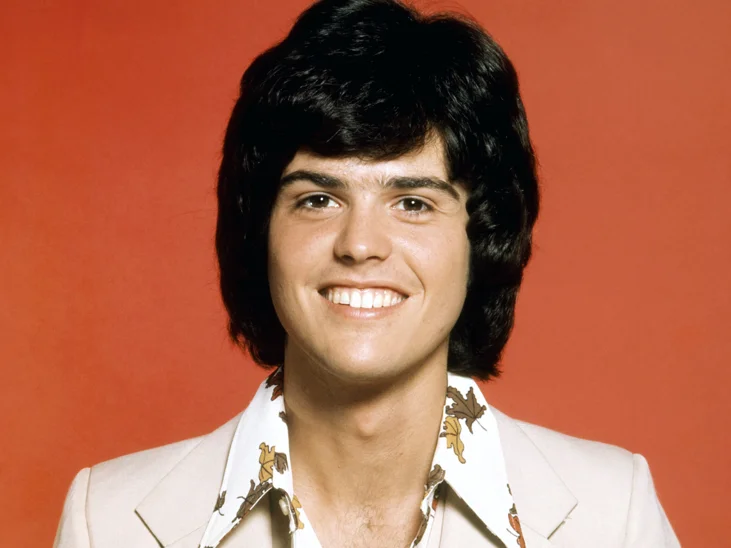
Before he became a Las Vegas fixture, Donny Osmond was the heartthrob who launched “Donny & Marie” and made teenage girls swoon with his purple socks and million-dollar smile. His solo career produced hits like “Puppy Love” and “Go Away Little Girl,” while his variety show with sister Marie showcased his versatility as an entertainer. The show’s catchphrase “I’m a little bit country, I’m a little bit rock and roll” became part of the American lexicon.
His transition from teen idol to adult entertainer was rockier than expected, with the music industry and audiences struggling to accept his maturation. The variety show format that had made him famous was becoming dated, and his clean-cut image seemed increasingly out of step with changing musical tastes. While he’s found success in later decades, his massive cultural impact in the ’70s as America’s squeaky-clean heartthrob has faded from collective memory.
9. Charo
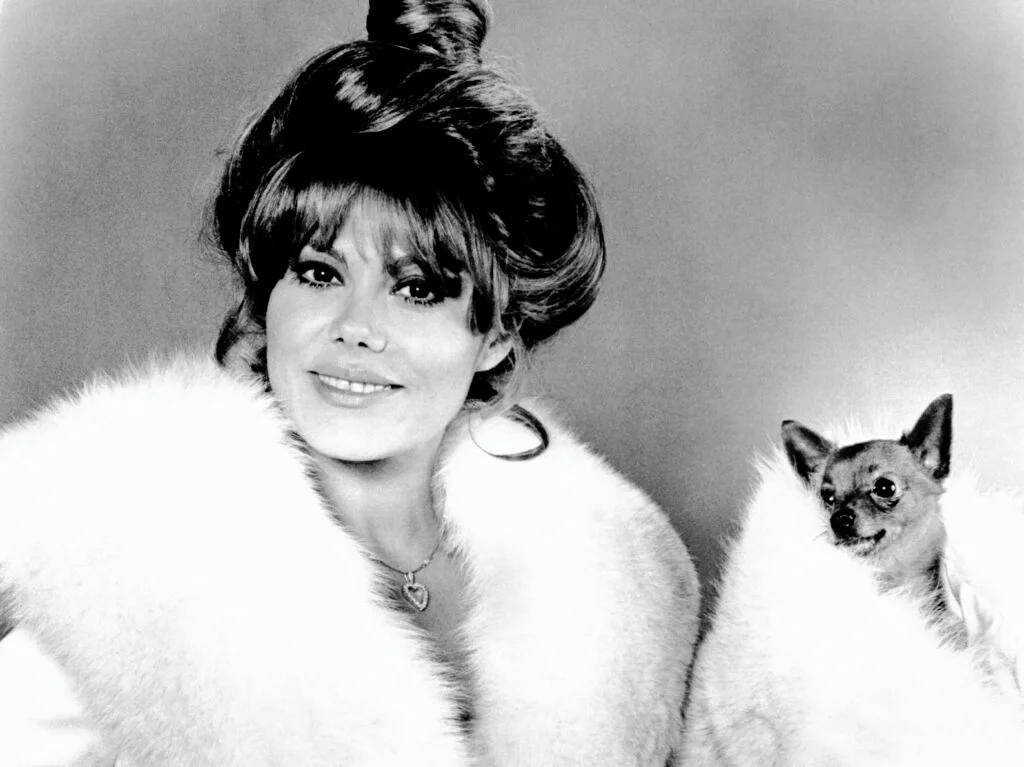
“Cuchi-cuchi!” was Charo’s signature catchphrase, and her flamboyant personality made her a fixture on talk shows and variety programs throughout the ’70s. Her guitar skills were genuinely impressive, but her over-the-top persona and thick accent made her an easy target for comedians and critics. Despite the stereotype, she was a classically trained musician who could hold her own with any guitarist of her era.
Her frequent appearances on “The Love Boat” and game shows made her a familiar face to television audiences, even if they didn’t always take her seriously as a musician. Charo’s influence on Latina representation in entertainment was significant, though often overlooked due to her campy presentation style. Today’s audiences might recognize her from nostalgic television reruns, but few appreciate her actual musical talent or her role as a trailblazer for Hispanic performers in mainstream American entertainment.
10. Captain Kangaroo (Bob Keeshan)

For millions of children, Bob Keeshan as Captain Kangaroo was the gentle, grandfatherly figure who started their day with wholesome entertainment and life lessons. His show ran for nearly 30 years, but its peak influence came in the ’70s when it was required viewing for preschoolers across America. The Captain’s soft-spoken manner and educational approach to children’s television set the standard for quality programming that respected young viewers’ intelligence.
His dedication to child development and educational content made him a trusted figure for parents in an era when television was often criticized for its negative influence on children. Keeshan’s advocacy for children’s rights and quality programming influenced an entire generation of educators and entertainers. While “Mr. Rogers’ Neighborhood” gets most of the nostalgic attention today, Captain Kangaroo was equally important in shaping how children’s television could be both entertaining and enriching.
11. Rich Little
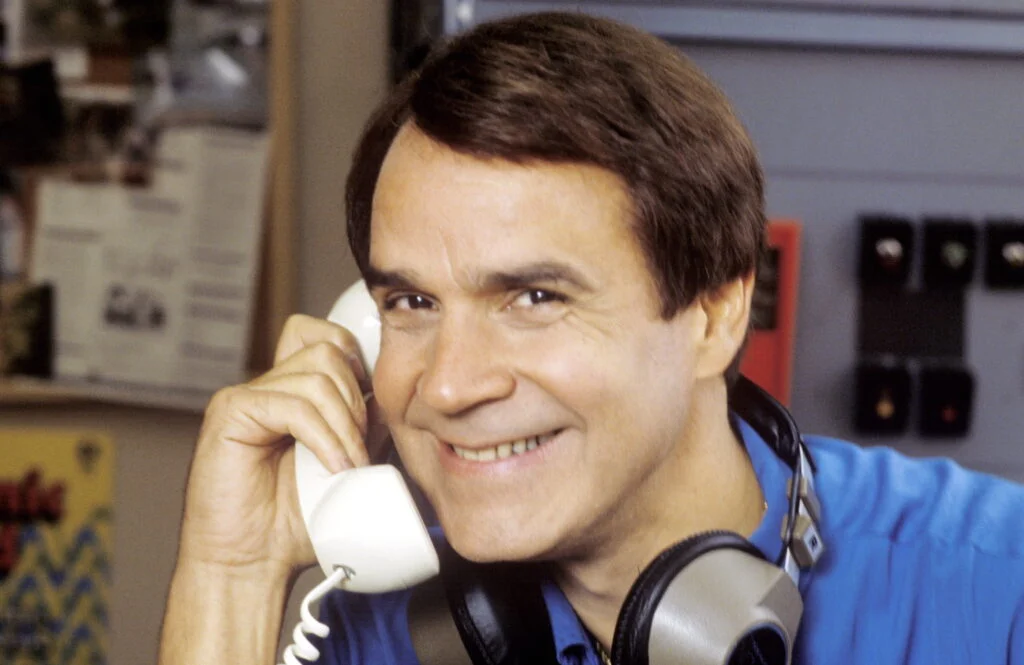
Rich Little was the master of impressions, capable of mimicking everyone from Richard Nixon to Johnny Carson with uncanny accuracy. His appearances on variety shows and talk shows were guaranteed crowd-pleasers, and his ability to capture not just voices but mannerisms made him a must-book guest for television producers. Little’s impressions were so spot-on that he often became the definitive comedic interpretation of the celebrities he portrayed.
His own variety show and numerous television specials made him a household name throughout the decade, and his impressions of political figures gave him a unique role as both entertainer and social commentator. The rise of Saturday Night Live and other sketch comedy shows eventually overshadowed traditional impressionists like Little, making his style of entertainment seem old-fashioned. Today’s audiences might recognize some of his impressions on nostalgia programs, but few remember when he was one of television’s most versatile and popular performers.
12. Loni Anderson
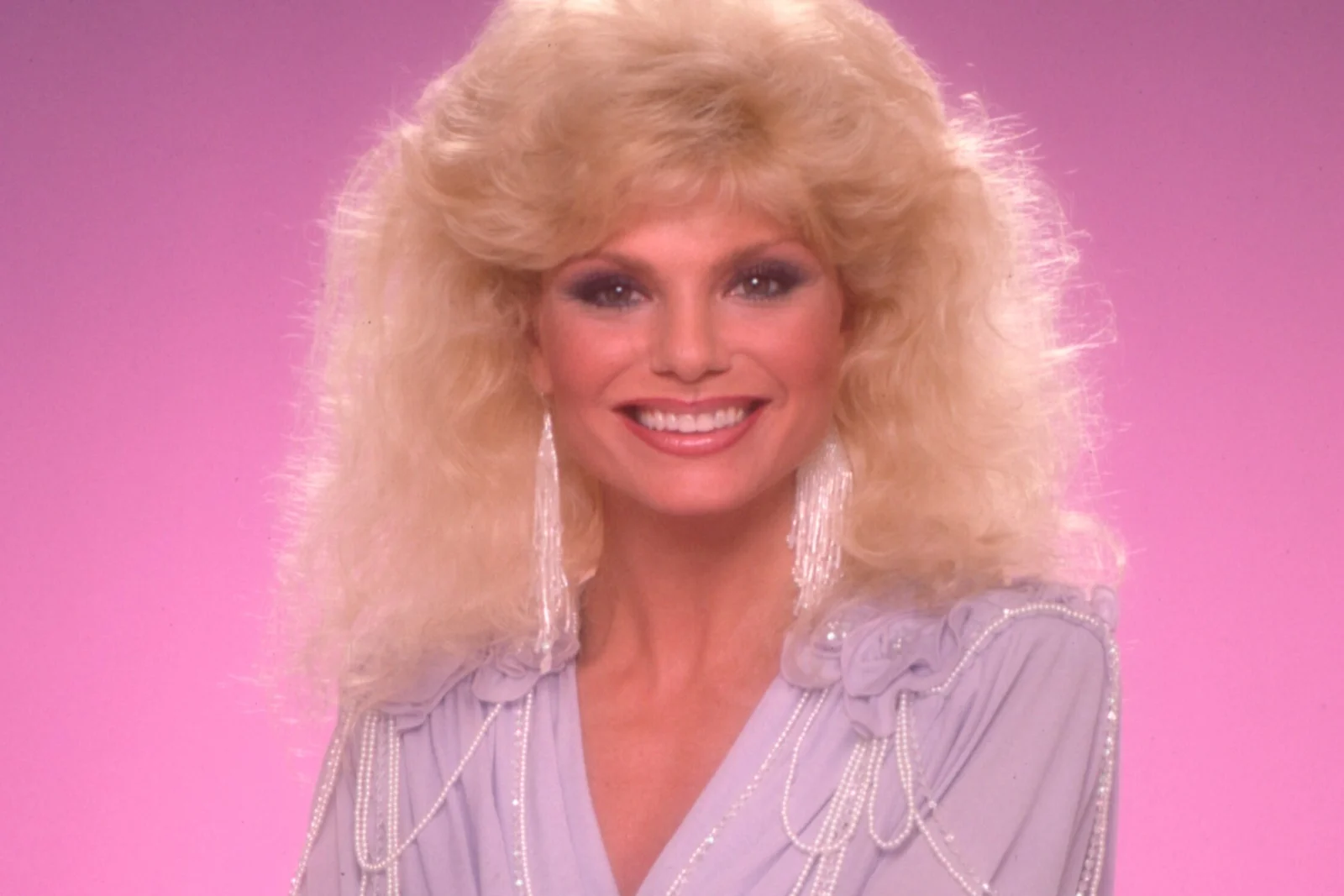
Loni Anderson’s role as receptionist Jennifer Marlowe on “WKRP in Cincinnati” made her one of television’s most recognizable blonde bombshells. Her character was smart, savvy, and in control, subverting the typical dumb blonde stereotype while still embracing classic Hollywood glamour. Anderson’s performances showed she could handle both comedy and drama, making her character one of the show’s standout elements.
Her high-profile marriage to Burt Reynolds in the ’80s kept her in the tabloids, but her acting career never quite reached the heights her early success suggested it might. Anderson’s portrayal of Jennifer was groundbreaking in many ways, showing that beautiful women on television could be intelligent and capable without sacrificing their femininity. While “WKRP” remains a cult favorite, Anderson’s contribution to changing how women were portrayed on television has been largely overlooked in discussions of the era’s influential performers.
Those were the days when fame felt more shared, when everyone watched the same shows and listened to the same radio stations. These stars weren’t just entertaining us—they were creating the cultural moments that bound us together as a generation. Maybe that’s what we miss most: not just the stars themselves, but the feeling that we were all part of the same conversation, laughing at the same jokes, and humming the same songs.
This story 12 ’70s Icons Everyone Knew—Now Nearly No One Mentions was first published on Takes Me Back.



